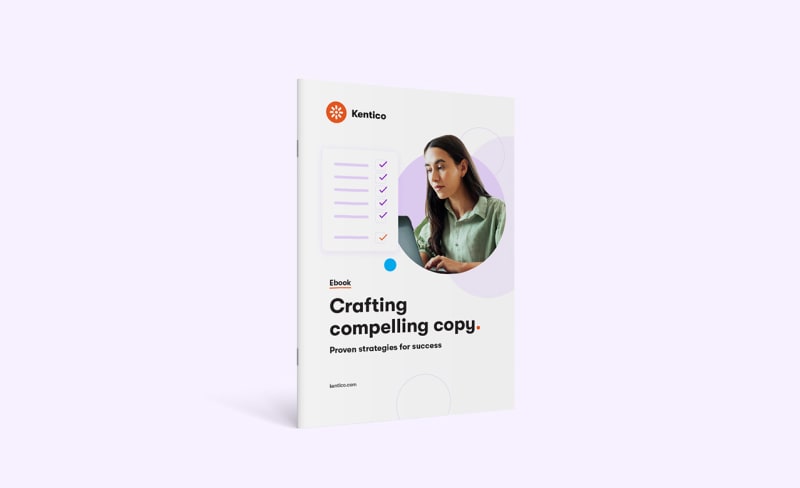
Crafting compelling copy
Proven strategies for success
Looking to supercharge your copywriting skills and turn your words into results?
This ebook is your fast-track guide to crafting compelling, persuasive copy that converts. Whether you're aiming to captivate readers, boost sales, or establish brand authority, now is the time to sharpen your skills to keep up with content trends.
In this actionable guide, you'll find proven strategies, frameworks, and techniques that top copywriters use to drive engagement and deliver impact.

Gain a competitive edge by mastering the art of storytelling that captivates audiences and inspires action:
Learn how to write attention-grabbing headlines that command clicks and skyrocket engagement.
Use proven frameworks like AIDA and PAS to create copy that hooks your audience and compels action.
Supercharge your content with SEO techniques to ensure your message is not just seen but prioritized by search engines.
Design CTAs that are clear, direct, and maximize conversions
Download the ebook today and start transforming your words into powerful tools for success.
Try the Xperience
Beat the competition and start delivering results with the only digital experience platform that combines advanced capabilities, a short time to value, and ease of use.